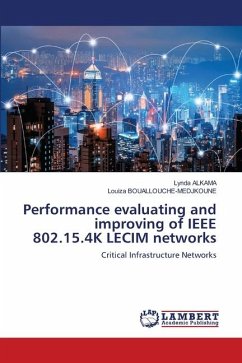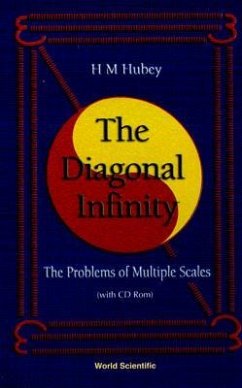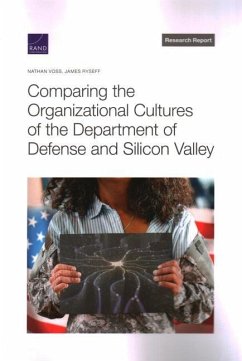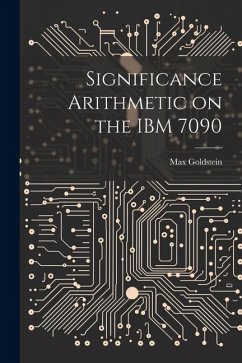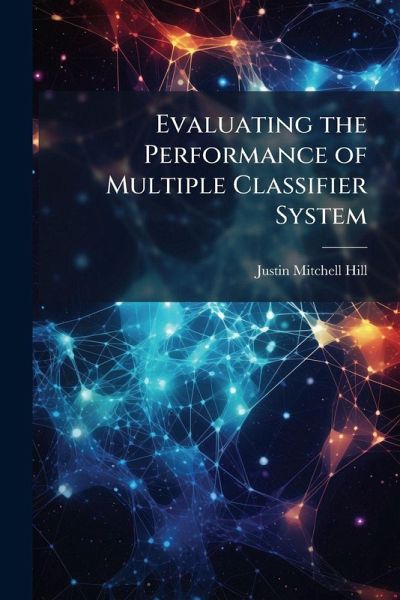
Evaluating the Performance of Multiple Classifier System

PAYBACK Punkte
8 °P sammeln!
Receiver Operating Characteristic (ROC) curve, which graphs the trade-off between the conditional probabilities of an MCS in which Boolean rules are used to combine individual decisions. The method required performance data similar to the data available in the ROC curves for the entire system. A consequence of this result is that one can save time and money by effectively evaluating the performance of an MCS without performing experiments. This work has been selected by scholars as being culturally important, and is part of the knowledge base of civilization as we know it. This work was reprod...
Receiver Operating Characteristic (ROC) curve, which graphs the trade-off between the conditional probabilities of an MCS in which Boolean rules are used to combine individual decisions. The method required performance data similar to the data available in the ROC curves for the entire system. A consequence of this result is that one can save time and money by effectively evaluating the performance of an MCS without performing experiments. This work has been selected by scholars as being culturally important, and is part of the knowledge base of civilization as we know it. This work was reproduced from the original artifact, and remains as true to the original work as possible. Therefore, you will see the original copyright references, library stamps (as most of these works have been housed in our most important libraries around the world), and other notations in the work. This work is in the public domain in the United States of America, and possibly other nations. Within the United States, you may freely copy and distribute this work, as no entity (individual or corporate) has a copyright on the body of the work. As a reproduction of a historical artifact, this work may contain missing or blurred pages, poor pictures, errant marks, etc. Scholars believe, and we concur, that this work is important enough to be preserved, reproduced, and made generally available to the public. We appreciate your support of the preservation process, and thank you for being an important part of keeping this knowledge alive and relevant.





